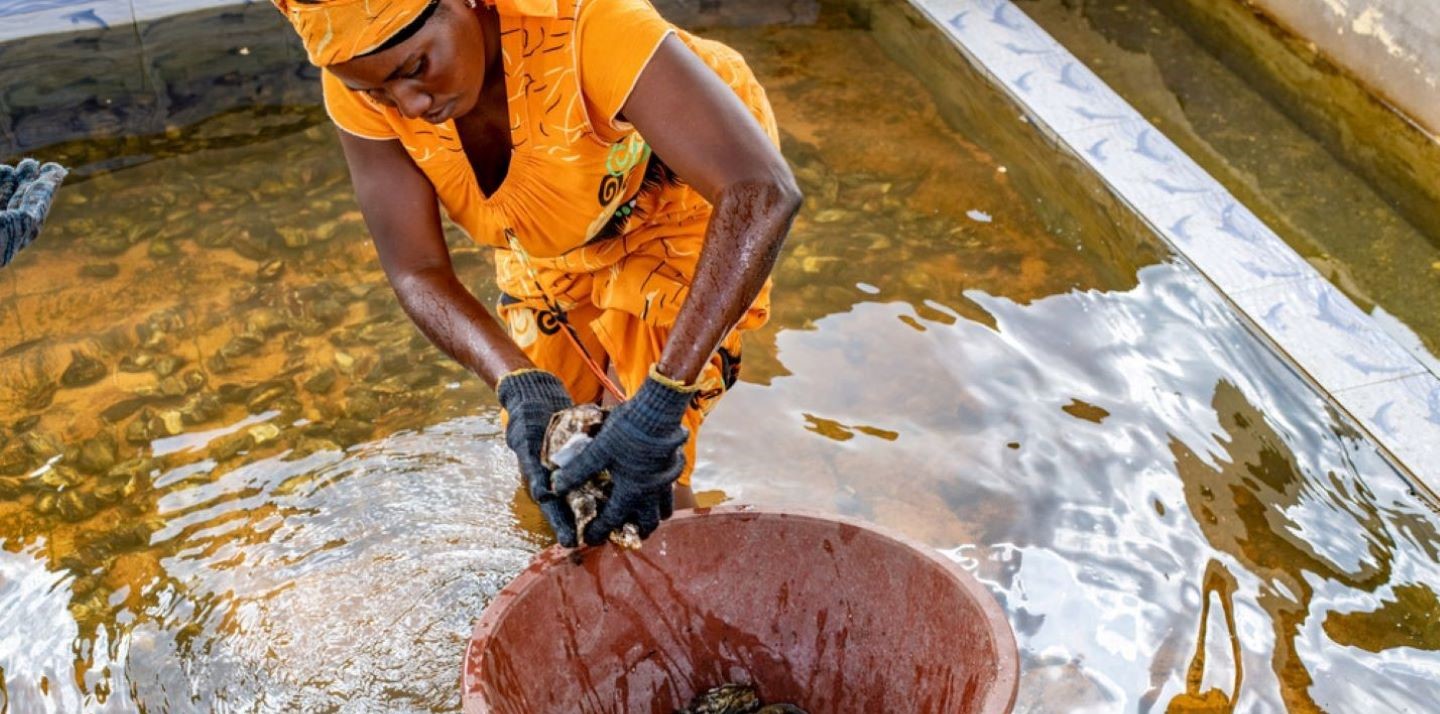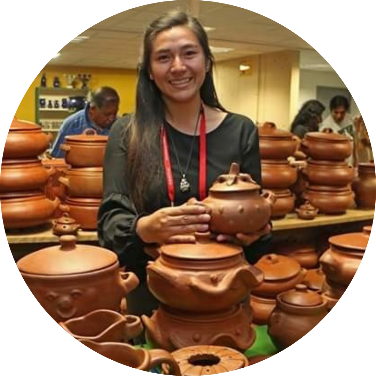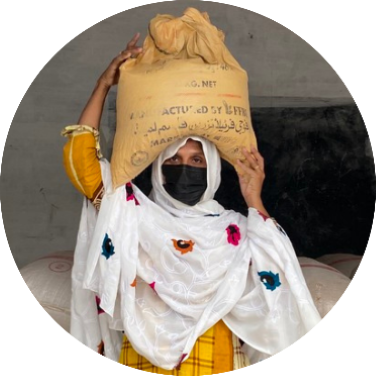Key figures (and some letters) from IFAD’s 2021 Annual Report
IFAD Asset Request Portlet
Asset Publisher
Key figures (and some letters) from IFAD’s 2021 Annual Report
Estimated reading time: 3 minutes
The world entered 2021 on a precipice.
We all knew that the path we had been on was unsustainable and inequitable, and had already led to dire outcomes for the world’s most vulnerable populations. In particular, there were three striking figures that could not be ignored:
- The planet is on track to warm by over 3°C by the end of the century.
- The world’s richest 1 per cent have more than twice the wealth of 6.9 billion people.
- Up to 811 million people were facing hunger in 2020.
Numbers like these spurred IFAD’s action for the year. As we entered the second year of the pandemic – and its associated fallout – we knew that transformative change would be absolutely essential for supporting the rural people who are feeding the world.
Keep reading for a quick review and find out more in IFAD's 2021 Annual Report.
128 million people
We’re exceeding our targets on the number of people we’re reaching. In 2020, we reached 128 million people – well over our goal of 120 million – and we expect that number to keep growing.
Importantly, our efforts are supporting those who most need it: 49 per cent of direct beneficiaries in 2020 were women, while 22 per cent were youth.
$1.1 billion
Through IFAD12, we set a record target for resource mobilization with our Member States: US$1.55 billion in core contributions. This will enable us to double our impact by 2030.
3 global events
We shaped debates, shared solutions, and advised how to finance them at three major events dedicated to transforming food systems and addressing the climate emergency: the United Nations Food Systems Summit, COP26, and the Finance in Common Summit. To implement the commitments made at the Food Systems Summit, IFAD is leading the Coalition of Action on Decent Work and Living Incomes and Wages.
1,200 media mentions at COP26 alone
At COP26, IFAD generated more than 1,200 stories in major media. This media interest helps IFAD advocate for more investments in climate adaptation. And more importantly, it amplifies the voices of rural people as they tell global leaders what they – and the world – need for a better future.

“What helps us is having access to technology and machinery so we can experiment and work in a productive way.” – Shirley Casachagua, pottery maker, Peru

“We need financial assistance schemes, like loans, so we can afford wheat grains.” – Shabana Bibi, farmer and tailor, Pakistan
AA+
In 2021, we further diversified our funding sources while preserving our AA+ credit rating. We complemented contributions to our core replenishment with borrowed resources, while pursuing co-financing through partnerships. In June, we launched the Sustainable Development Finance Framework to guide our engagement with institutional impact investors who focus on sustainable finance. All these steps strengthen our in-country presence as well as our relationships with governments and development actors on the ground.
LEED-ing by example
In 2021, we cut our energy use and water consumption, while increasing biodiversity on the grounds of our headquarters. These initiatives enabled us to maintain our platinum certification for Leadership in Energy and Environmental Design (LEED) – the highest level of “green building” certification available worldwide.
RDR
Our flagship Rural Development Report on “Transforming Food Systems for Rural Prosperity” was released in the lead-up to the Food Systems Summit. Meanwhile, the body of research we produce on food systems and other topics supported our thought leadership on major global issues affecting rural people and helped us advocate for policy solutions to improve their lives.
In 2021, we put in place the building blocks needed for a robust and inclusive global recovery. No sooner had 2022 begun before these foundations were put to the test as the world faced new and complex shocks. In response to this new global crisis, we are looking back at the results and lessons of 2021, including how we worked with rural people to build their resilience, to guide our next steps forward.
Read more about our work in 2021 – including how IFAD-supported projects are transforming rural lives – in IFAD’s 2021 Annual Report.
Publication date: 28 July 2022